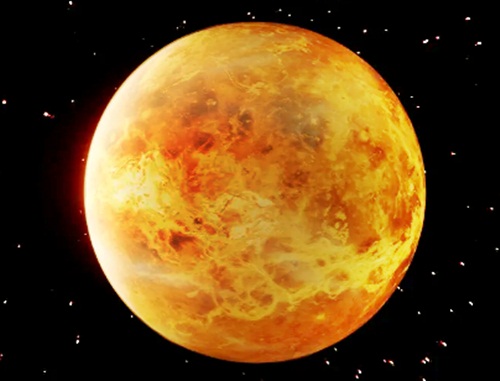The short ultra-high definition video, which was uploaded before launch on NASA’s Psyche mission on October 13, features an orange tabby cat named Taters, the pet of a JPL employee, chasing a laser pointer, with overlayed graphics…reports Asian Lite News
NASA’s Deep Space Optical Communications experiment beamed an ultra-high definition streaming video of a cat from a record-setting 31 million kilometres, or about 80 times the Earth-Moon distance.
The milestone, part of NASA technology demonstration aimed at streaming very high-bandwidth video and other data from deep space — enabling future human missions beyond Earth orbit — was achieved on December 11.
The short ultra-high definition video, which was uploaded before launch on NASA’s Psyche mission on October 13, features an orange tabby cat named Taters, the pet of a JPL employee, chasing a laser pointer, with overlayed graphics.
The graphics illustrate several features from the tech demo, such as Psyche’s orbital path, Palomar’s telescope dome, and technical information about the laser and its data bit rate.
Tater’s heart rate, colour, and breed are also on display.
“This accomplishment underscores our commitment to advancing optical communications as a key element to meeting our future data transmission needs,” said NASA Deputy Administrator Pam Melroy.
“Increasing our bandwidth is essential to achieving our future exploration and science goals, and we look forward to the continued advancement of this technology and the transformation of how we communicate during future interplanetary missions,” Melroy added.
The demo transmitted the 15-second test video via a cutting-edge instrument called a flight laser transceiver.
The video signal took 101 seconds to reach Earth, sent at the system’s maximum bit rate of 267 megabits per second (Mbps).
Capable of sending and receiving near-infrared signals, the instrument beamed an encoded near-infrared laser to the Hale Telescope at Caltech’s Palomar Observatory in San Diego County, California, where it was downloaded.
Each frame from the looping video was then sent “live” to NASA’s Jet Propulsion Laboratory in Southern California, where the video was played in real time.
This latest milestone comes after “first light” was achieved on November 14. Since then, the system has demonstrated faster data downlink speeds and increased pointing accuracy during its weekly checkouts.
On the night of December 4, the project demonstrated downlink bit rates of 62.5 Mbps, 100 Mbps, and 267 Mbps, which is comparable to broadband internet download speeds. The team was able to download a total of 1.3 terabits of data during that time.
“Despite transmitting from millions of miles away, it was able to send the video faster than most broadband internet connections,” said Ryan Rogalin, the project’s receiver electronics lead at JPL.
As Psyche travels to the main asteroid belt between Mars and Jupiter, the technology demonstration will send high-data-rate signals as far out as the Red Planet’s greatest distance from Earth. In doing so, it paves the way for higher-data-rate communications capable of sending complex scientific information, high-definition imagery, and video in support of humanity’s next giant leap: sending humans to Mars.
ALSO READ-MBRSC Hosts NASA Administrator













